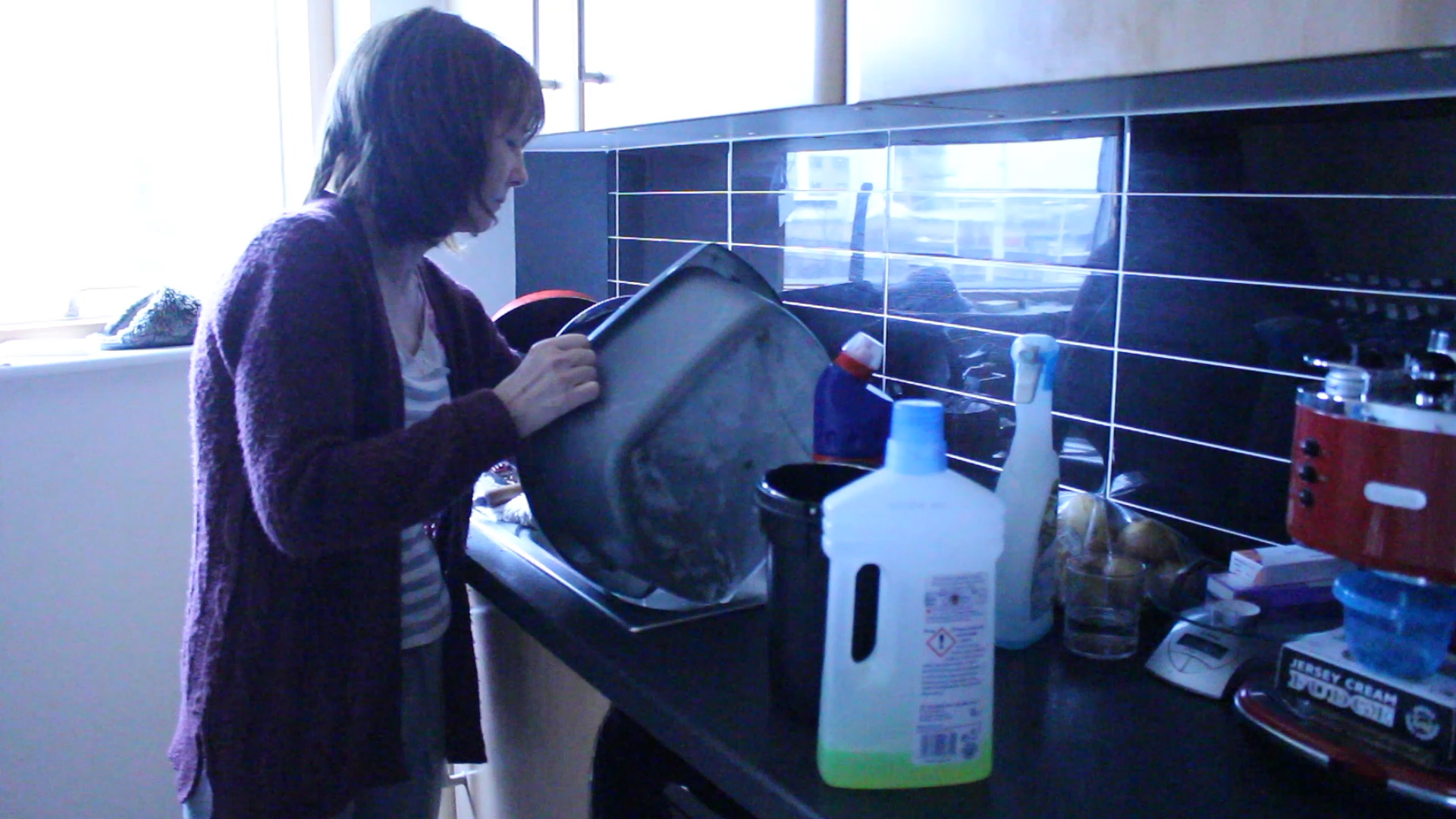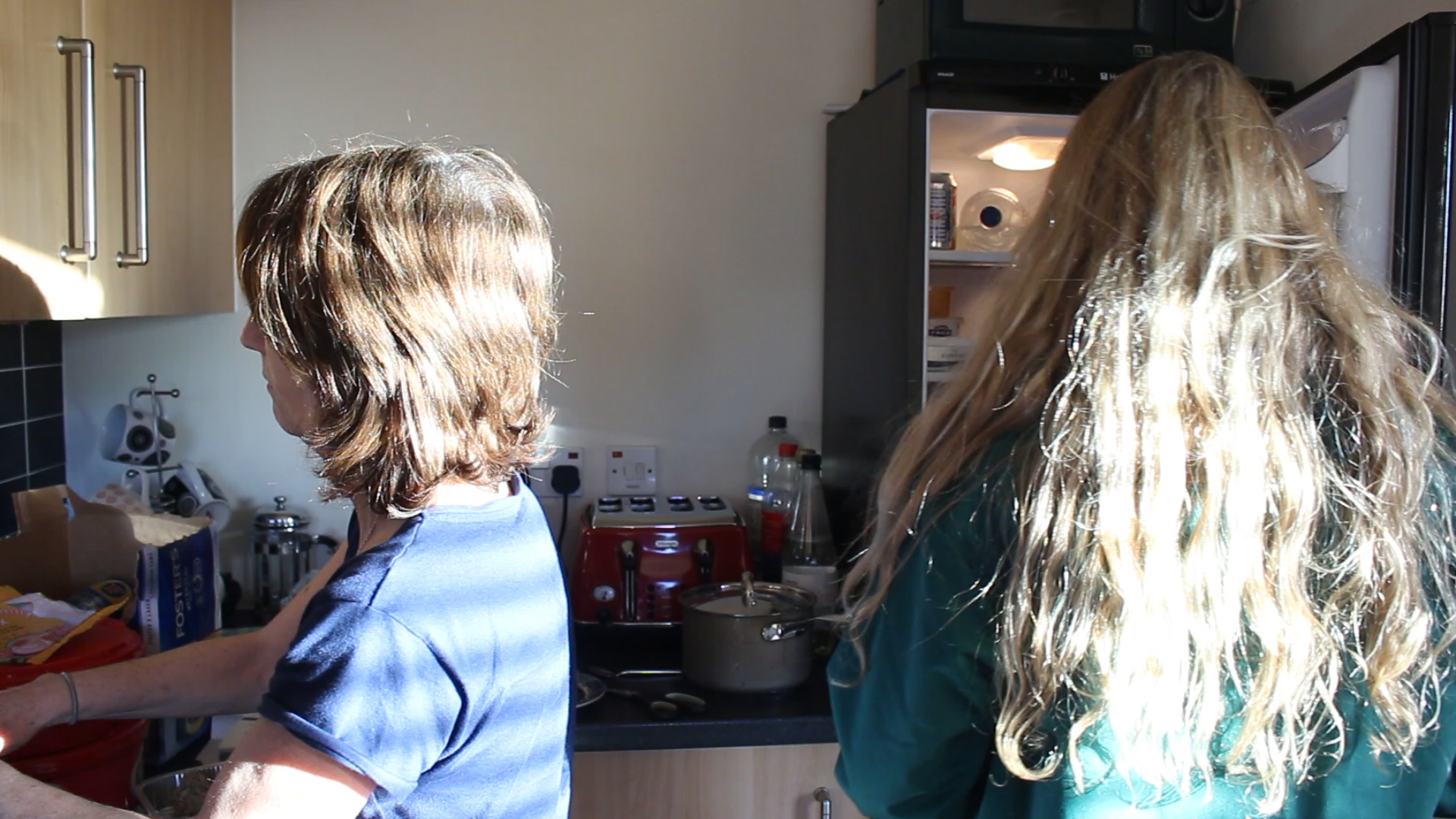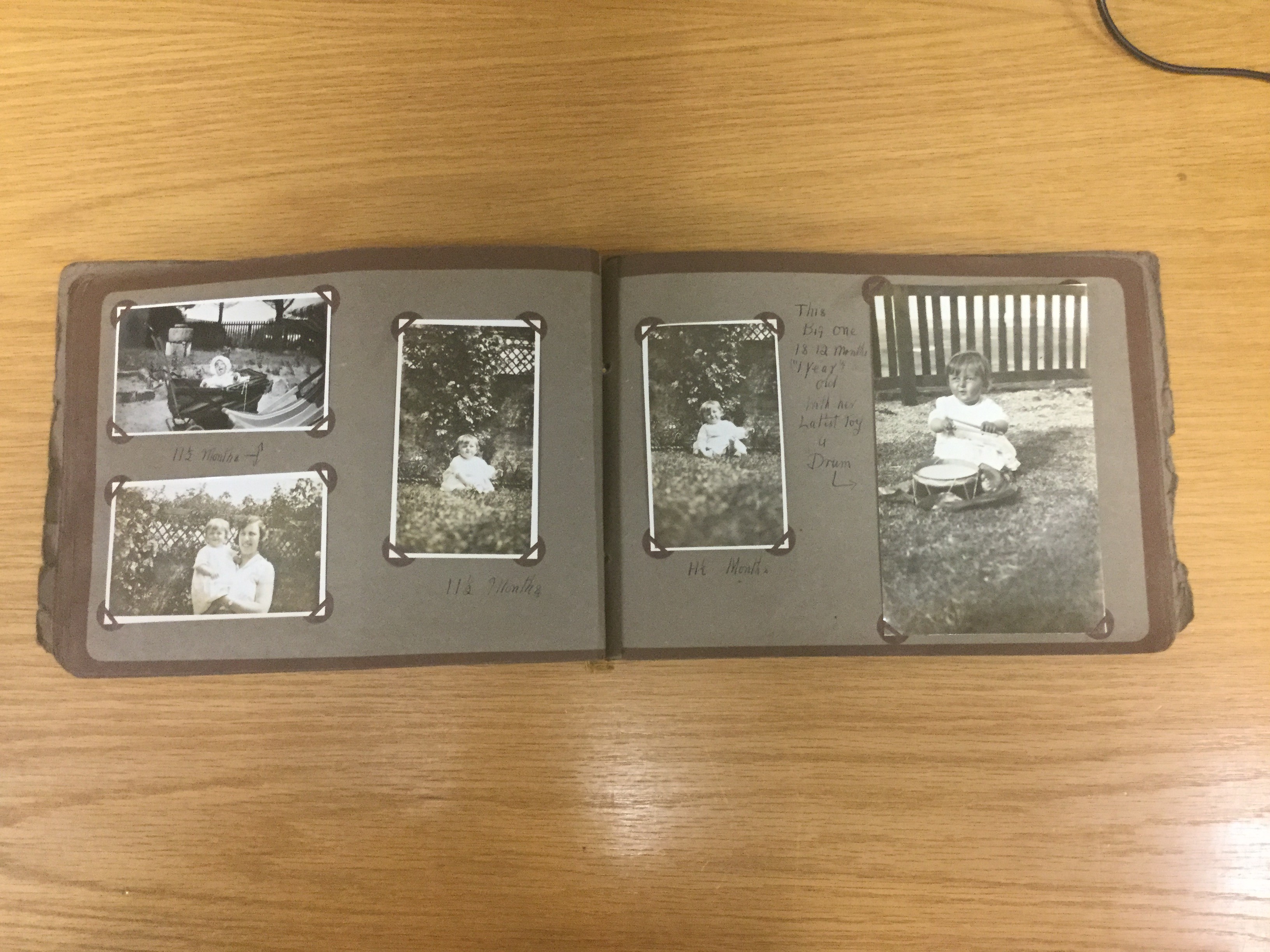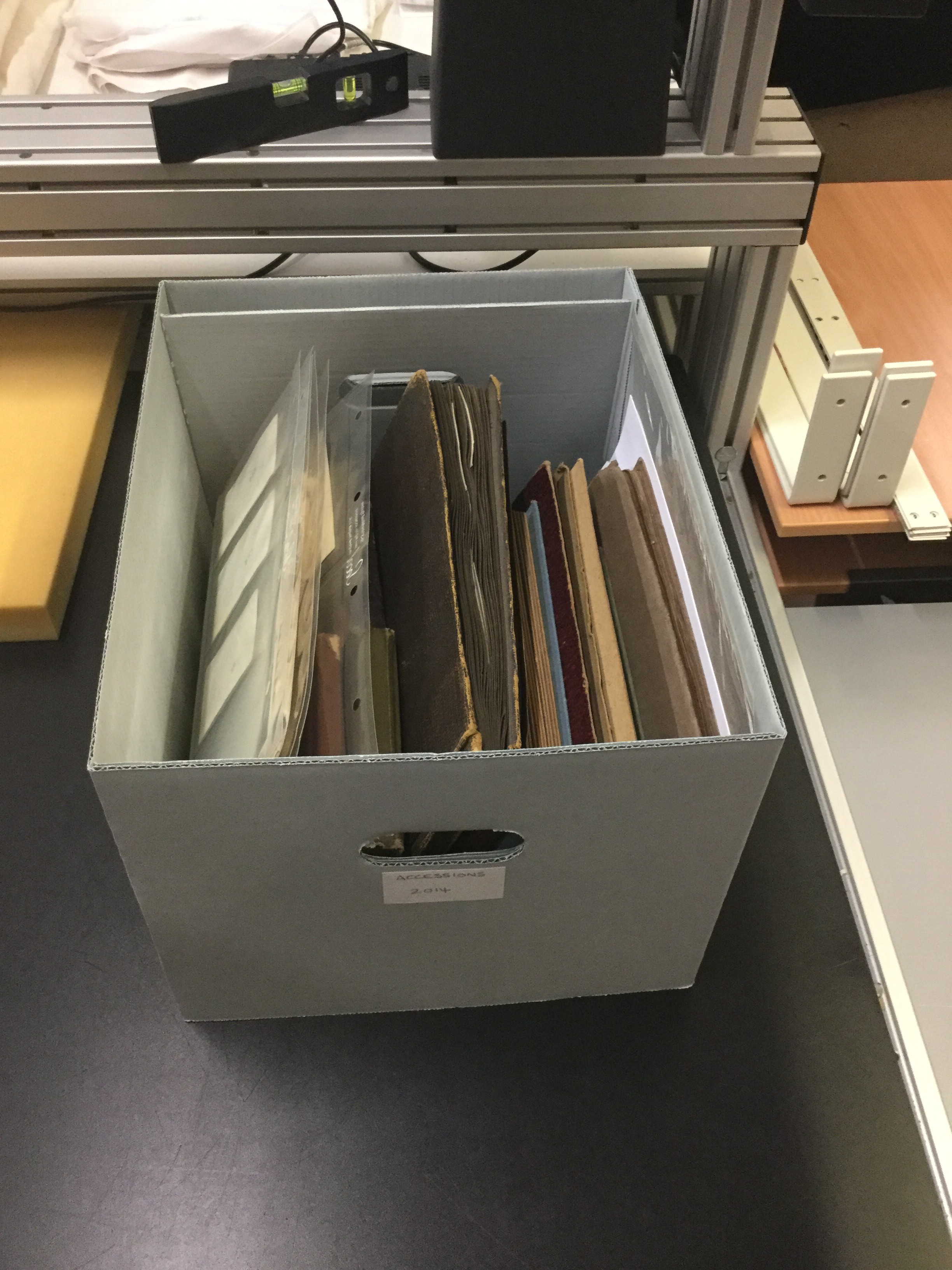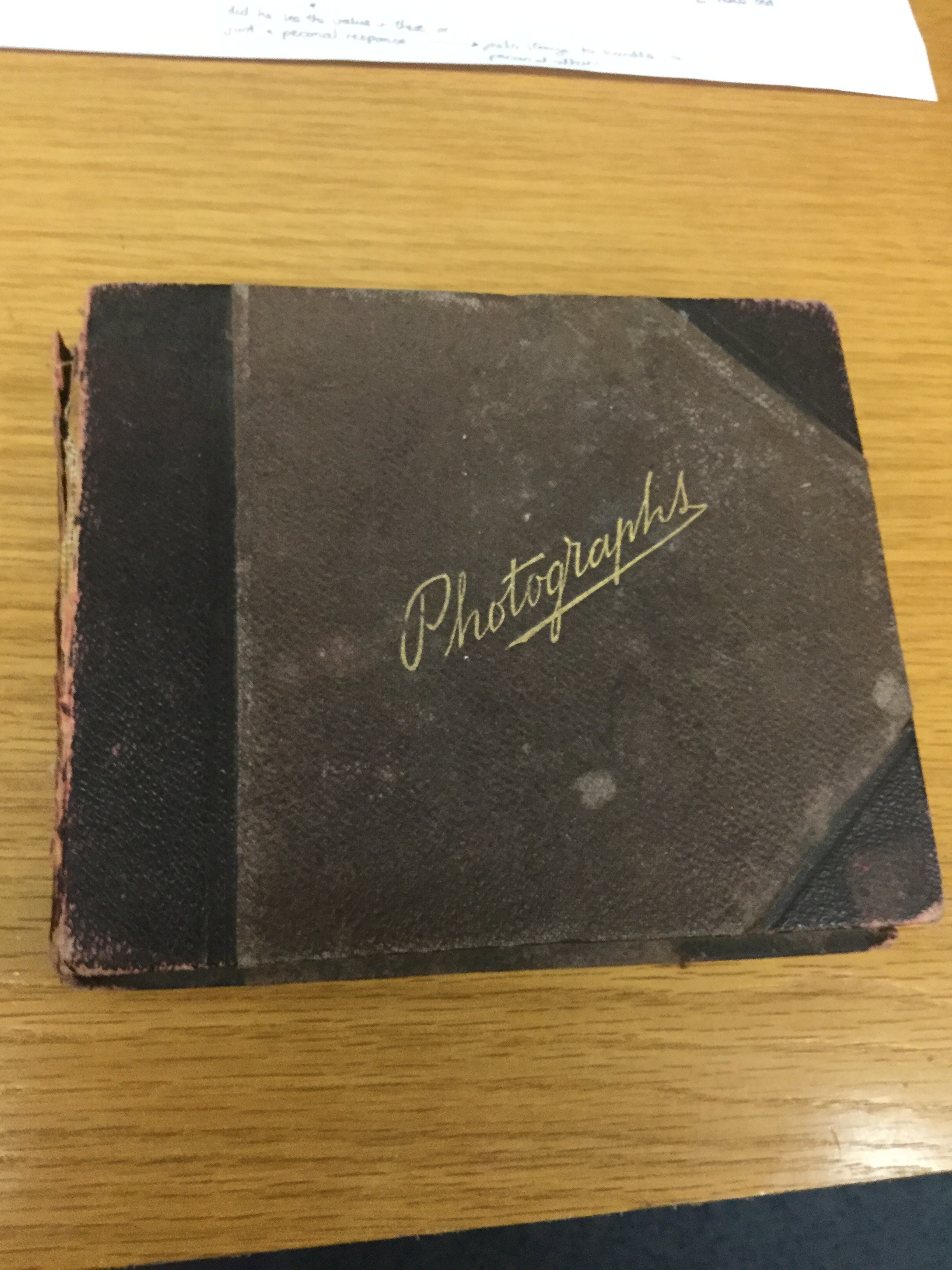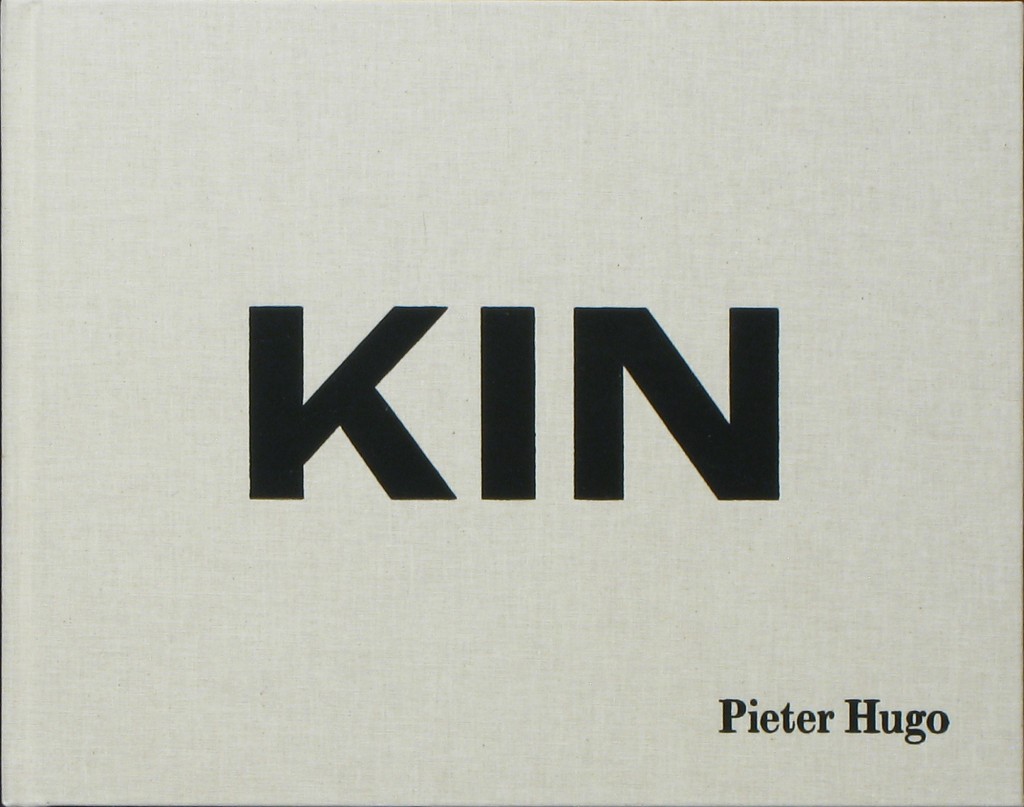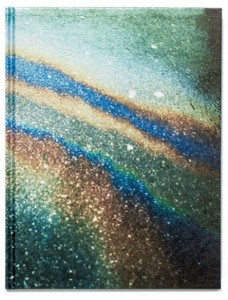Over the past couple of weeks I have been experimenting with different photo shoots and styles that I want to create. I originally had the idea of creating a fashion magazine, taking inspiration from Claude Cahun and dressing up as both the male and female models. This worked out well at the time and I think that the experiment was successful but I think that something was missing. All of the previous work that I have created in the lead up to my final idea has actually helped me a lot and is still very relevant to how I am going to go about my final piece. The work done has taught me what to do and what not to do. What I now know will work and what won’t. The experimentation has really helped me get my head around a final project. So for my final project I am sticking to creating a short film of my mum which is very nearly finished. I took inspiration from this short film and the interview that I did with my mum and have also made some images of myself mimicking my mother’s role. I think that this is working out well and will be the best final project for me to create. For my staged shoot I took much of my inspiration from Cindy Sherman and her Untitled Film Stills. On the photo book aspect of this I have been looking at past students work and think that possibly a small handmade book will be the most effective as I don’t think that I would have enough photographs to make an entire photo book. This gives me room to be more creative and to experiment a bit more, I want my images to almost be like film stills and to look different. I think that this will complement my short film nicely and they will work well together. Another reason that I would want to create my own book is actually because I came up with the idea of creating a folder type thing to put it in. I want to get a tea towel, sew around the edges, leaving a hole in the top obviously, and have my book live inside it. I think that this will be really interesting and give my spectator more to look at and it will just be another layer into the mix as well as photographs and film. I also think that this will add to the whole idea of stereotypes in my work as I myself will be sewing the fabric and putting it all together which is what women are actually expected to do. I think that this will work out well and showcase another element of female stereotypes in my work. The book that I want to create will be quite small and I am considering making the images square to mimic an old film camera, bringing it back to the traditional roles that were always expected of women and still are today. This will be an interesting experiment and I think that it could work out really well.
Short Film | Review
My short film is an audio interview with my mum and visuals that correspond to what she is saying. This has worked out really well and given me inspiration for my essay as well as what photographs to produce. I found the film really fun to create as I got to make videos instead of just photographs and it was interesting to actually get to know my mum a little bit more and about her upbringing and her own life. I found the whole experience of making this short film exciting as it is something new and something that I was interested in. If it was on any thing other than the topic of feminism or something that I am passionate about I don’t think that I would have enjoyed it as much and I wouldn’t have been able to create the work I have. This short film has been a really great gateway towards figuring out what kind of photo book I want to create and how I should go about creating it.
Photo Book | Idea
For a while now I’ve had the idea of making a folder/blanket for my photo book. I’ve known what I want the outside of my photo book to look like more than what I want the actual photo book to look like itself. I want to sew around a tea towel and have my book live inside this tea towel, this will just add yet another layer to my entire project and I think that it will work really well. I have recently come up with the idea of completely making a photo book on my own as a way of showing how women seem to do everything, even make their own photo book. This will be an added element showing the stereotypes that women are faced with as well. I think that this will be a nice added touch to my project and will work out really well. I want a small photo book as I don’t think that I will have enough images to make an entire one and it will just look better if I create it myself and make it look more like stills from a film as if it is unreal or something that shouldn’t be real. I might make my book look like one that waiters/waitresses have where they take your order. This will also add to the detail that women are seen as slaves in their own homes and the unfair expectations opposed on them. This will be interesting to create but I think that I will be able to manage it. If I don’t manage to make my own book by hand I want to create a small book on blurb but still have it living inside of a tea towel.


